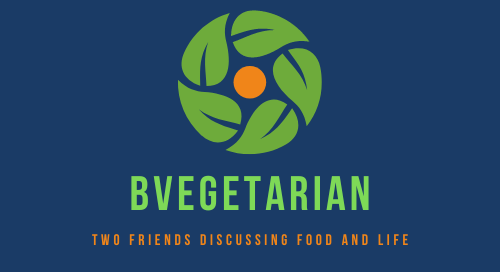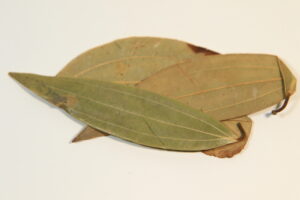
Cooking in cast iron pans offers several benefits that can be good for your cooking and, in some cases, your health.
Here are some reasons why cooking in cast iron pans is considered advantageous:
- Heat Retention: Cast iron pans are excellent at retaining and distributing heat evenly. This means that once they get hot, they stay hot. This is great for achieving a consistent temperature when cooking, whether you’re searing, frying, or baking.
- Natural Non-Stick Surface: With proper seasoning and use, cast iron pans can develop a naturally non-stick surface. This means you can use less oil or fat when cooking, which can be a healthier option.
- Iron Enrichment: Cooking in cast iron pans can introduce a small amount of dietary iron into your food. This can be especially beneficial for individuals who are at risk of iron deficiency. However, it’s worth noting that the iron contribution is relatively small and not significant for everyone.
- Versatility: Cast iron pans can be used on various cooking surfaces, including stovetops, ovens, and even over open flames. Their versatility makes them suitable for a wide range of cooking techniques.
- Longevity: Well-maintained cast iron pans can last for generations. They are known for their durability and can become family heirlooms when cared for properly.
- Chemical-Free: Unlike some non-stick coatings, cast iron pans are free from potentially harmful chemicals like perfluorooctanoic acid (PFOA) and perfluorooctanesulfonic acid (PFOS), which are found in certain non-stick cookware.
- Enhanced Flavor: Many people believe that cooking in cast iron enhances the flavor of food. The seasoning and the way cast iron retains and imparts heat can contribute to a unique and delicious taste.
- Economical: While cast iron pans may be more expensive upfront, their longevity and versatility often make them a cost-effective choice in the long run.
- Low Maintenance: Despite the myth that cast iron is high-maintenance, caring for these pans is relatively simple. With proper seasoning and cleaning techniques, they can be easy to maintain.
- Reduced Waste: Unlike non-stick pans that can wear out over time and need replacement, cast iron pans can last for decades, reducing waste in the long term.




